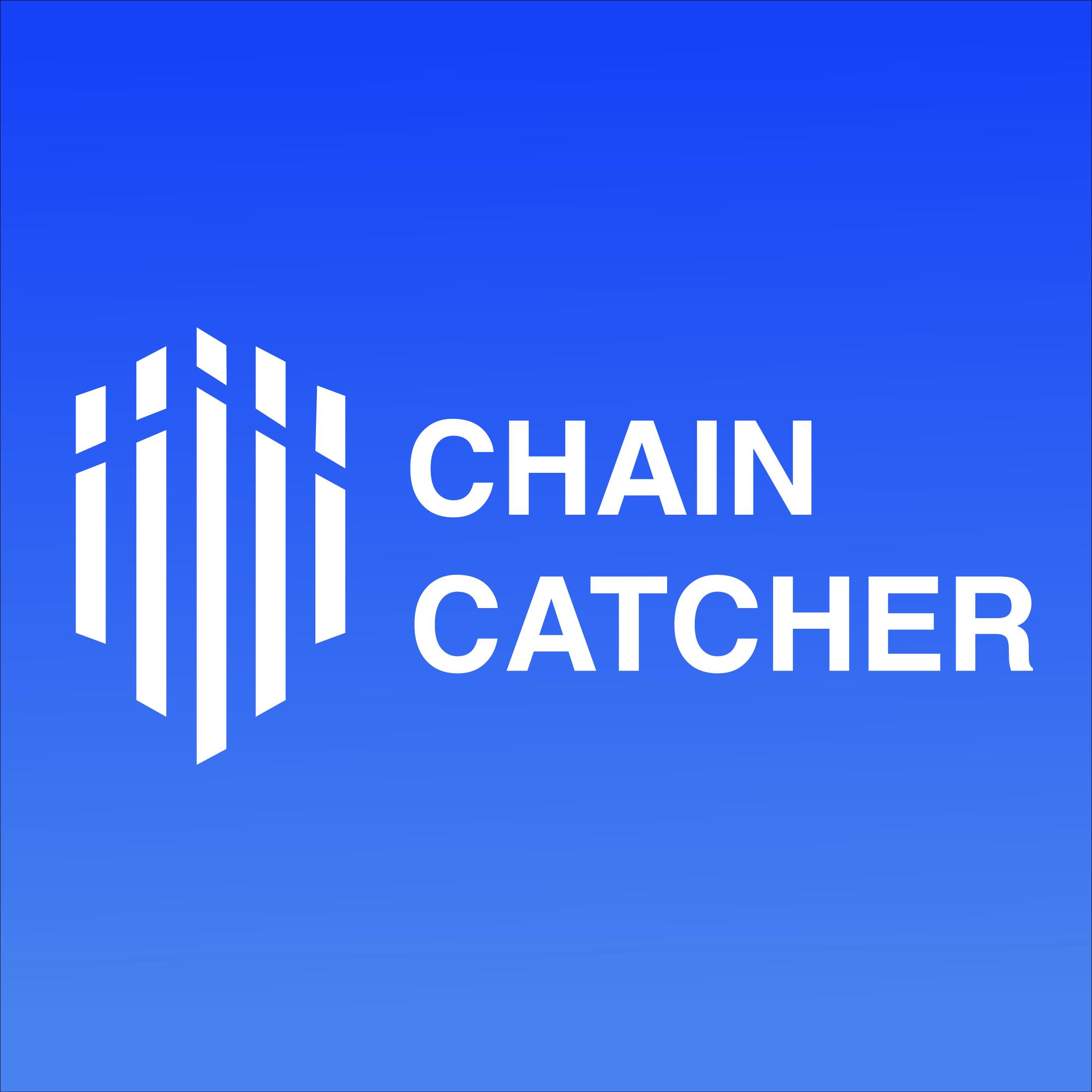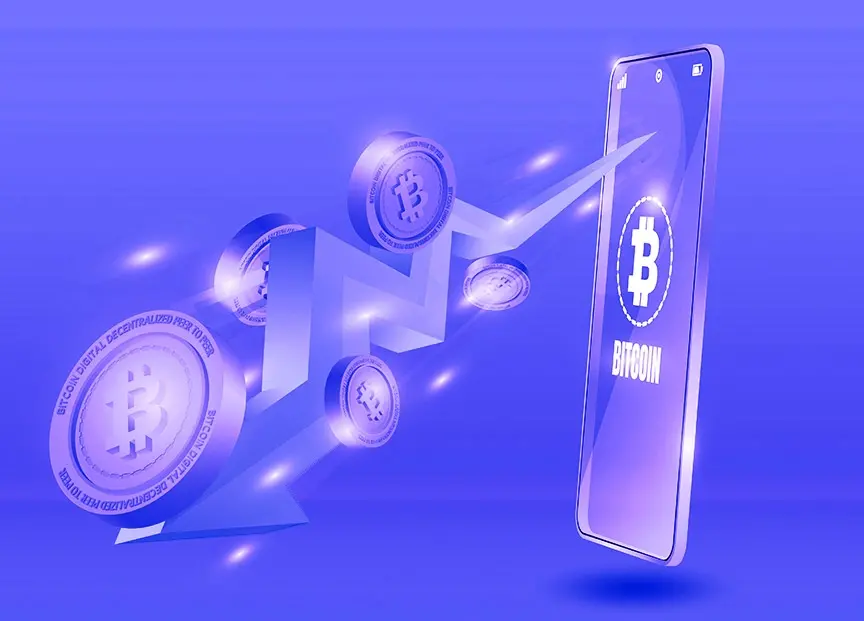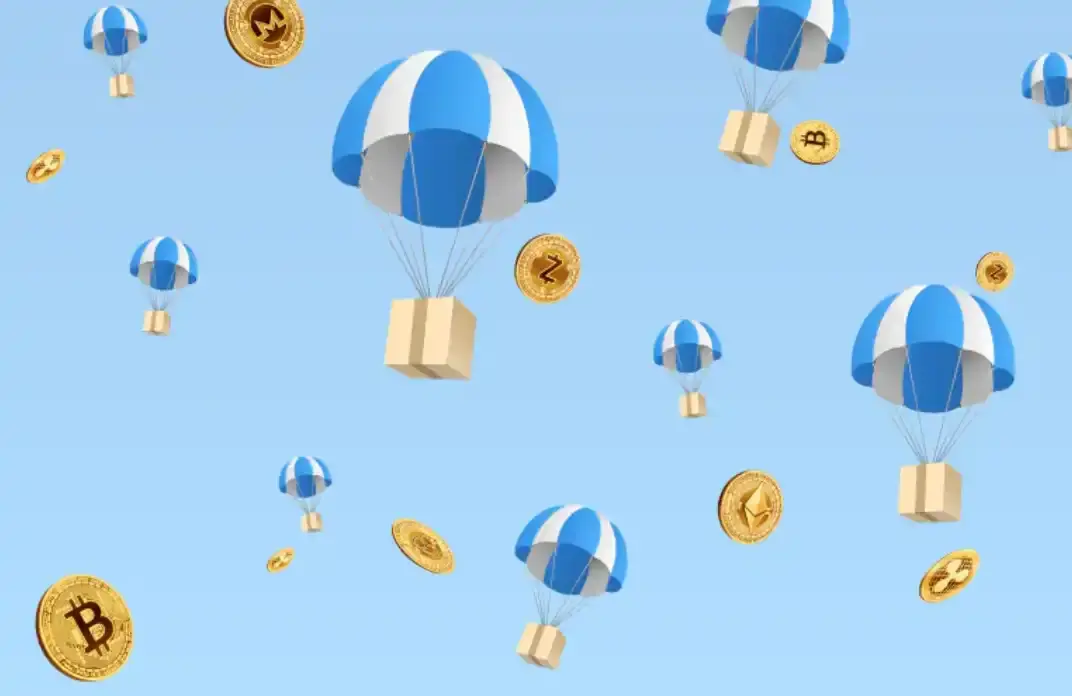From On-Chain Interaction to Community Participation: A Beginner's Guide
In the future, more opportunities in the crypto industry will shift from off-chain to on-chain, and early explorers will receive more rewards and incentives. Learning how to view on-chain data, perform on-chain operations, and even participate in early project governance will become one of the most important skills for every participant.
Recently, the Chain Catcher hosted the event "On-Chain Interaction Guide: Beginner Practice and Advanced" featuring a wonderful sharing session by Gu Yu, the deputy editor of Chain Catcher, and CatcherVC researcher LonersLiu. We hope this will help you learn about on-chain interactions and delve into early quality projects.

Gu Yu: In my opinion, whether from a policy perspective or from the perspective of industry development, more opportunities in the crypto industry will shift to on-chain in the future. The on-chain is the true carrier of crypto technology and spirit. With an increasing number of inquiries from readers, we prepared this event to share some of my personal experiences.
Seizing on-chain opportunities goes beyond directly purchasing tokens and enjoying token appreciation benefits; there is actually a lot of room for exploration. Not only can everyone enhance their economic sovereignty and investment choices through on-chain operations, but they can also enjoy the early development dividends of projects. The continuous large airdrops from DyDx, ENS, and others are the most intuitive manifestations. Early explorers of quality projects often receive more returns and rewards.
First, let me talk about my personal on-chain learning process. I first encountered on-chain operations in October last year when I participated in a DeFi project mining recommended by a friend. At that time, I didn't understand impermanent loss and directly went to mine in the second pool, resulting in significant losses that made me question life.
My systematic exploration of on-chain operations began in March this year. On one hand, it was due to the need for writing; the increasingly diverse DeFi projects required me to use them practically to understand the project logic deeply and write more valuable articles. On the other hand, it was also for airdrops. Seeing large airdrops from UNI and 1inch, I decided to learn various on-chain skills to compete for some big airdrops.
Since then, I have been looking at projects that have not yet issued tokens, judging the probability and value of airdrops based on project strength and investment institutions. In half a year, I interacted with nearly a hundred projects and successfully received large airdrops from Ribbon Finance, ENS, Gitcoin, DyDx, and others, with the Ribbon airdrop exceeding 70,000 US dollars being the biggest surprise.
In summary, although many projects' airdrop mechanisms have become increasingly strict recently, it also reflects that quality airdrop projects still exist. The issue is that users need to make more genuine contributions rather than just completing interactions, which also helps in judging the long-term value of these project tokens.
The following is the detailed content of this sharing, consisting of three parts. The first part is how to learn basic on-chain skills, the second part is how to discover better airdrop opportunities, and the third part is how to integrate into early project communities and grow together. The first two parts will be shared by me, and the third part will be shared by LonersLiu.
1. How to learn basic on-chain skills?
The prerequisite for learning on-chain skills is to understand the basic characteristics and operating mechanisms of blockchain, including smart contracts, private keys, gas fees, impermanent loss, etc., and to download the corresponding crypto wallet. I believe most users have a basic understanding of this, so I won't elaborate further.
The most basic function of on-chain use is to store cryptocurrencies, which can be done without KYC, without the maintenance restrictions of exchanges, and with faster transfer actions. Corresponding to these advantages is the need for everyone to take full responsibility for the security of their funds, ensuring the safekeeping of private keys and mnemonic phrases.
Furthermore, everyone can expand their financial and cultural freedom based on these cryptocurrencies in DeFi, NFTs, and DAOs, such as easily purchasing mainstream US stocks, participating in global important event prediction markets, engaging in project on-chain governance voting, and receiving airdrops for early support of projects, etc.
The essence of on-chain interaction is that your wallet address interacts with the project's smart contract address, which is recorded by the blockchain. Different projects will have different types of interaction needs based on their positioning. For example, the interaction form of DEX projects is to swap different tokens and provide liquidity by forming LP with two different tokens. The interaction form of lending projects is to deposit and borrow tokens. It is best to understand the operation mechanism of the project in detail while interacting, as it will greatly help you in the future.
For most projects, including trading, lending, yield aggregators, cross-chain, Layer 2, etc., you only need to prepare mainstream assets like ETH, USDC, or DAI, deposit them into the project's smart contract, or exchange them for other assets to complete the interaction. Some types may be slightly more complex, such as options, yield tokenization, and Web3 projects, which can refer to our dedicated tutorial articles on Chain Catcher.
Interactions can be divided into mainnet interactions and testnet interactions. Testnets usually do not require real ETH to pay gas fees but use test ETH on networks like Kovan to pay gas fees. Beginners can start learning from these testnet projects. Although the probability of testnet airdrops is lower, there have been projects like EPNS, APWine, and Biconomy that have issued relatively high airdrops to testnet interaction users. Recently, the options project Pods also issued NFTs to test users, valued at over 0.1 ETH.
Mainnet interactions require learning to control gas fees. The gas fees on the Ethereum network fluctuate greatly daily. Recently, the Gwei price can drop to 60-80 at low points and often exceed 200 at high points. The actual gas payment can differ by over 100 dollars, so it is best to choose to perform on-chain operations when gas fees are relatively cheap. Generally speaking, gas fees are highest during the evening, while they are relatively lower in the morning and noon. You can check the specific gas prices using Etherscan's gas tracker, and it is recommended to interact when it is below 100 Gwei.
For non-trading interactions that are not related to real-time prices, such as deposits and approvals, you can actually edit the Gwei price first, for example, entering a value below 90. When the Gwei price drops to that level, it will automatically execute without needing to keep an eye on the Gwei price. However, it is important to note that if you perform such "limit order" operations, other on-chain actions will not be possible until you accelerate and execute that operation's Gwei price.
It can be said that learning on-chain interactions is actually very simple; the key is to try more, explore more, ask more questions, and have a good foundation in English.
In addition, be sure to recognize official websites and be cautious when participating in interactions with projects whose investment institutions and teams are unclear. If you are exploited by malicious project parties, all the assets you have approved may be stolen, so be especially careful.
Here are a few helpful websites and articles for on-chain interactions:
《Quickly add various EVM networks》
《List of some unissued token projects》
《Mr. Blockchain teaching videos》
《How to DeFi》 Chinese version
《Essential guide to avoid pitfalls in on-chain operations》
《Guide to obtaining DeFi airdrop opportunities》
2. How to discover better airdrop opportunities?
Airdrops are rewards from project parties to early users, as these early users have contributed liquidity, data, and feedback to the project. Therefore, project parties often directly airdrop 1-10% of token shares to ordinary interaction users, with airdrop values typically ranging from dozens to tens of thousands of dollars.
Based on the highest sellable price of average airdrop amounts, in the past year, there have been at least 7 airdrops worth over ten thousand dollars, including UNI, 1INCH, TORN, DYDX, RBN, INV, FLX, and at least 30 projects worth over a thousand dollars, with hundreds of projects worth over a hundred dollars.
Currently, there are many potential airdrop project lists circulating in the market, and it is estimated that those looking to take advantage are already targeting them with numerous accounts. In the future, if you only complete a single ordinary interaction, even if there are airdrops, the average amount is unlikely to be high. Therefore, if you want to obtain higher returns, you need to pay attention to methods and techniques.
First, be careful not to be exploited. Don't just participate in interactions because you see the word airdrop. Many projects now use airdrops as a marketing gimmick to increase user numbers. For example, the previously high-profile Beta Finance saw someone spend thousands of dollars on gas fees to interact with multiple accounts, resulting in significant losses. Therefore, generally speaking, projects that clearly state airdrops in advance do not need to be concerned about. Many projects will also require completing a series of social tasks for airdrops or rewards based on the number of referred users. Although there is no actual cost, it can be time-consuming and not worth participating in. If this energy were spent on learning and research, it could yield better returns.
Secondly, learn to actively search for potential airdrop projects. If you see discussions by influencers or investments from major institutions in unissued token projects, take the initiative to check the project's progress. If there is a testnet or mainnet, you can actively interact to gain potential airdrop opportunities. For example, I deposited two thousand dollars into Ribbon after seeing its funding news and later received an airdrop.
Thirdly, as project parties increase their interaction requirements, simple interactions will likely find it difficult to secure high-weight airdrops in the future. Therefore, think from the project party's perspective about which behaviors are more beneficial for the project's development. For example, domain projects like ENS will consider domain ownership, renewal time, and whether reverse resolution is set. Projects like DyDx will consider trading amounts, while exchanges like ShapeShift will consider the number of user transactions. Some projects (ShapeShift, Badger DAO, Ruler, etc.) will also consider holding mainstream DeFi tokens or participating in mainstream project governance voting as part of the airdrop criteria to attract external communities. Additionally, interaction amounts are also one of the weights for most projects' airdrops.
In other words, when interacting with projects, you should study the project's functions more and experience different functionalities, such as buying/selling, providing liquidity (preferably stablecoins), depositing/borrowing, etc.
Fourth, establish a longer-term relationship with quality projects. Join the Discord community or Telegram group of quality projects to participate in discussions, provide product usage suggestions, contribute to product development and marketing strategies, or help answer new users' questions. This not only enhances your thinking ability but can also lead to higher weights in future airdrops. Projects like Ribbon and ENS have separate airdrop allocations for active community users and have a direct understanding of community engagement, leading to further gains in secondary market investments.
This process, while more challenging than learning interactions and obtaining airdrops, is indeed beneficial for long-term personal development and is also a process of building one's ability to resist risks and contribute social value.
For more detailed sharing on this aspect, I will hand it over to Loners.
3. How to integrate into early project communities and grow together?
LonersLiu: Hello everyone, I am LonersLiu, a researcher at CatcherVC. My main work involves project analysis in specific sectors, and in my spare time, I also participate in community operations and management for projects I am interested in. Of course, since my native language is Chinese, I am more involved in operating some Chinese communities or channels.
Just now, Gu Yu has analyzed how to obtain early token opportunities from the product experience perspective. Today, I would like to share my personal experience on how to integrate into early project communities and grow together. Although there is no systematic methodology, if the product experience is more focused on contract interactions, being an early contributor to the community is more about dealing with people.
Let me briefly share my experience, from which you may find some references. I started playing ChainArena, a card game and the previous work of the Mobox team, in April last year. I had played more mini-games on EOS and Tron in 2018-2019, so I was attracted by the exquisite art style and clever game mechanics.
Last year, I dedicated myself to studying various skill combos of each card in PVE, coming up with two relatively good card combinations. I began promoting them in the Chinese community and answering questions, slowly becoming familiar with the team and building trust. In September last year, the team decided to create a larger gaming platform, which is now Mobox.
Then, based on the proportion of token holdings, they airdropped new tokens, and I received around 20,000 to 30,000 tokens. By February of this year, internal testing began, and by April, the product was launched long-term, with game data gradually increasing, eventually becoming the top game on BSC data and finally being listed on Binance.
During this period, my main work was to help new community users with their questions. At that time, the official documentation was inconvenient to browse on the web, so I organized a PDF and helped answer questions raised by community users about the product and its details. I also participated in AMAs on other platforms and collaborated with other teams for joint MOMOs. This summarizes my experience with Mobox. Now, let me talk about my other role: a volunteer for GitcoinDAO in Chinese.
During Gr9, I wrote a tutorial on Gitcoin donations, but many people were still unclear, so I formed a community for everyone to exchange ideas. Later, after Gitcoin issued the GTC token, the entire Gitcoin began exploring DAO. It was during this time that I met Bob, the head of GitcoinDAO in Chinese, and we agreed to produce more content about Gitcoin in the Chinese field.
Initially, we helped translate some introductory materials, mainly with people from the Ethereum Chinese community, and then discussed weekly what content to output. Now, every Friday, we have a dedicated AMA to discuss Gitcoin's updates for the week and recommend some grants and bounties we think are good. This is what I do in these two projects, and I will share my insights based on these two experiences.

First, how to judge if a project is early-stage. Generally speaking, you can judge from the financing information. If a project has just completed its seed round or private placement, it is usually considered relatively early-stage. The product may not have launched yet, or even if it has, it still needs people to answer community members' questions.
For startup teams, they often do not have many full-time employees to handle this, so if you happen to discover such a team, you can volunteer to communicate with the community administrators to share some of the work. To build trust, you can mention what work you have done before to show that you are capable of handling this job.
Of course, it is best to understand some specific product details of the project in advance. Knowing this will help you better answer questions raised by the community. As for what kind of early-stage projects to choose, my suggestion is to find directions that you are interested in and understand well, as this will give you enough motivation to learn about the project. If there are good institutions among the financing institutions, that is naturally the best.
Good projects will also have a certain selection for community operations. If you are not selected immediately, you can continue to make some small contributions in the community. Once you have more expertise in the product and more communication between both parties, you can try again, and you might just get the opportunity. Remember to participate in conference calls and express your professional insights to increase goodwill.
Of course, it is not limited to just community operations. Many projects also need developers to help them with technical work. If you happen to understand this area, they will definitely hope you can participate. For example, if you can create various cute emojis or manage Twitter and Discord well, you can directly work with them full-time.
Regarding the gains from participating in early projects, teams generally allocate a portion of tokens to early users or contributors when designing tokens. This includes the recent ENS token distribution, where some who made outstanding contributions received quite a bit. Besides that, you can also meet some professionals, which will definitely help you understand many projects.
Finally, I want to say that in the future, more and more jobs may be participated in the form of DAOs, so it is worth starting to explore early, as you might also gain early airdrop opportunities.
(Feel free to add WeChat ID gnu0101 to join the Chain Catcher group chat.)










